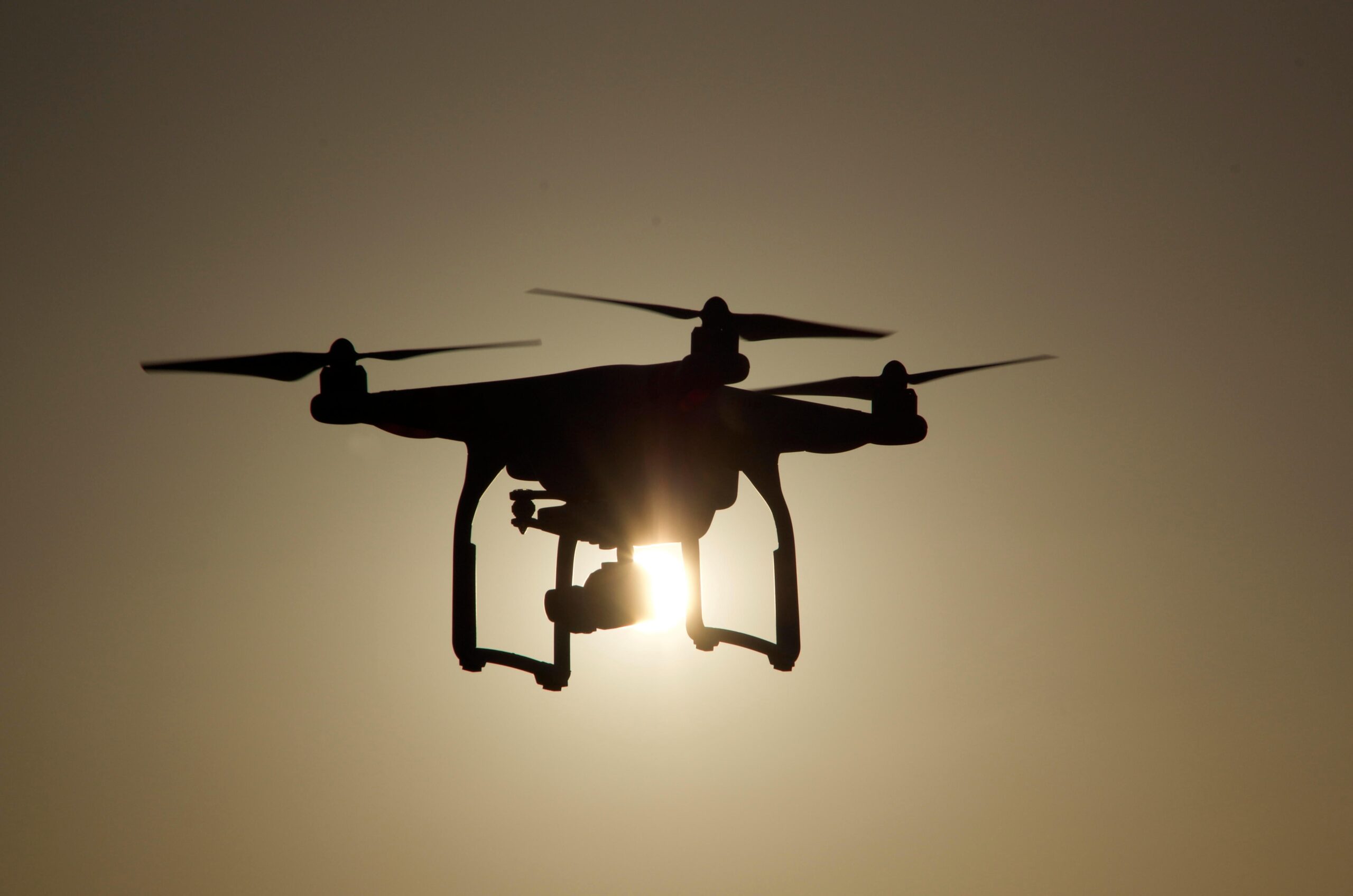
Drones in everyday applications
The shift from using drones as a military tool of combat and surveillance, to a more consumer-centric technology in a wide range of services, is something this decade has witnessed extensively. The demand for drones has risen with each year passing by, with consultancy firm PwC recently estimating that the global drone industry may be worth $127 billion.
Here we explore a few real-world examples how drones have come to be of vital use in various spheres of industries and services.
In November 2016, the first commercial delivery of food (two pizzas) by a drone to a customer was successfully executed by Domino’s and drone delivery partner Flirtey in New Zealand. In December 2016, Amazon began its first publicly available trial of Amazon Prime Air to those within several miles of Amazon’s depot in Cambridge, England; the first of such deliveries took 13 minutes to complete. Using drones for delivery services shall soon be a norm in the near future.
Medical centers in the hilly country of Rwanda can order emergency blood supplies by text message and receive them via drone within 30 minutes. This is one such scenario where the emergency supply of medicines can be fulfilled with ease via drones. Aviation company, Matternet is developing a network of UAVs (unmanned air vehicles) to transport medication to high-risk areas.
Perhaps the most important one, drones have proved to be very useful in search and rescue operations. From helping find lost hikers in Colorado in 2017 to locating a missing 88-year old man in Texas, a DJI-Chinese manufacturer of UAVs- reported almost 144 cases of people being rescued with the help of a drone throughout the world in 2018.
Monitoring wildlife from a distance is another simple albeit brilliant way of utilizing drones. Recently a team of Indonesian scientists utilized a network of drones to spy on a group of endangered apes to check their being and habits. WWF’s Wildlife Crime Technology Project also uses drones to show rangers whether poachers are armed and where they’re hiding. In Mongolia, drones monitor the habitats of the world’s largest vulture species, ensuring that the population is healthy.
The Delft University of Technology has developed Ambulance Drones, a compact flying toolbox containing essential supplies for (lay-person) advanced life support, the first prototype focusing on the delivery of an Automated Defibrillator (AED). The Ambulance Drone aims to save lives by extending existing emergency infrastructure with a network of fast and compact UAVs.
The study of drone journalism is getting endorsed by many schools of journalism. The viability of using a drone in high-risk areas like war zones to get up to the minute footage, whilst protecting the operators from harm is what makes the application of drones in journalism usher a new norm of coverage.
Recently in July 2019, Pittsburgh Police Department successfully prevented a possible homicide situation with the use of a drone to survey the situation, gathering information to plan the police’s moves, and keeping officers out of harm’s way. Over four months, police in Ensenada, south of Tijuana, used a DJI drone to help make 500 arrests and cut robberies by 30 percent. These are just two examples of police forces across the world using UAVs to gain intelligence on potential leads and threats.
BioCarbon Engineering has developed a system that analyses 3D map data in real-time and which remotely pilots an army of drones laden with seeds (aiming up to 36,000 seeds per day), with the aim to replant forests worldwide, mostly in areas difficult to reach. In the port of Rotterdam, in Holland, two prototypes of unmanned “swimming” vehicles- Aquasmart XL and Waste Shark- are playing a significant step to curb ocean pollution. AquasmartXL carries out continuous surveillance and inspection to check that everything is working smoothly, whilst the Waste Shark removes surface litter to avoid it going out to sea or blocking port collectors. These two examples highlight how drones can be effectively utilized for environmental applications.
Based on these applications, and a few more, it is no surprise that in the coming years, drone technology will be a key player for the overall development in any industry or service, offering enormous benefits and countless advantages.

